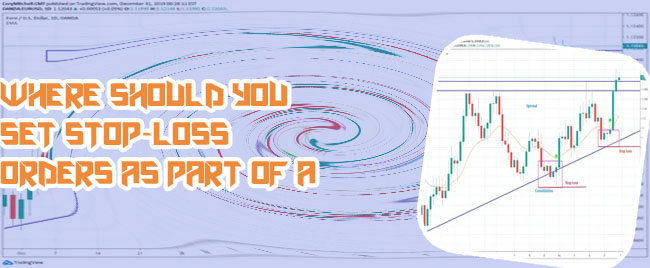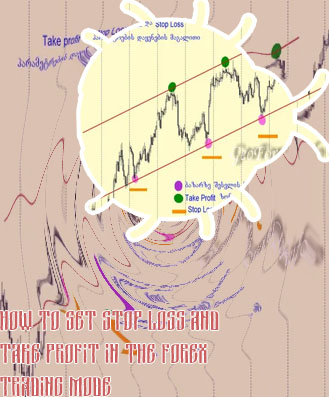
- Ecn forex broker
- Best forex
- Top broker forex india
- Regulated forex broker india
- Top rated forex broker
- Top 3 best forex brokers
- Best app for forex trading in india
- Top forex broker in world
- Forex broker reviews
- Forex broker volume
- Top 10 forex brokers in india
- Free credit forex broker
- Top forex broker
- Best forex application
- Best forex broker for indices
- Forex trading in india
- Best forex and crypto brokers
- Best paypal forex broker
- How to start forex trading
- Is forex trading legal in india
- Forex
- Top forex brokers
- Best forex broker for day trading
- Forex brokers in india
- Forex trading profit per day
- Forex trading us broker
- How much can be made from forex trading
- Forex for you login
- Rbi ban forex trading app list
- Forex broker
- Types of brokers in forex
What is take profit and stop loss in forex trading

Stop loss is a crucial concept in forex trading that helps traders manage risk and protect their investments. Understanding the meaning and implementation of stop loss orders is essential for successful trading in the highly volatile forex market. To help clarify this topic, here are three articles that provide valuable insights into what stop loss means in forex trading.
Understanding the concept of stop loss in forex trading is crucial for managing risk and protecting your investments. By setting a stop loss order, traders can limit potential losses and minimize the impact of market volatility. To delve deeper into this topic, here are four articles that will help you grasp the meaning of stop loss in forex trading and its importance in trading strategies.
The Importance of Setting Stop Loss Orders in Forex Trading

Setting stop loss orders is a crucial aspect of successful forex trading, especially in a volatile market like India. A stop loss order is a predetermined price level at which a trader will exit a trade to limit their losses. By setting a stop loss order, traders can protect their capital and minimize the risk of significant losses.
In the fast-paced world of forex trading, emotions can often cloud judgment, leading traders to hold onto losing positions in the hopes that the market will turn in their favor. However, this approach can be detrimental, as losses can quickly escalate without a stop loss in place. By setting a stop loss order, traders can automate the process of cutting losses and prevent emotional decision-making.
Additionally, setting stop loss orders can help traders manage their risk effectively. By determining the maximum amount of capital they are willing to risk on a trade, traders can ensure that they do not overexpose themselves to potential losses. This disciplined approach to risk management is essential for long-term success in forex trading.
In conclusion, setting stop loss orders is a fundamental aspect of risk management in forex trading, particularly in the Indian market. By implementing stop loss orders, traders can protect their capital, minimize losses, and make more informed trading decisions. This article highlights the importance of setting stop loss orders in
How to Calculate Stop Loss in Forex Trading
Stop loss is a crucial tool in forex trading that helps traders manage their risk and protect their capital. It is essential to calculate stop loss accurately to avoid significant losses in the volatile forex market.
To calculate stop loss, traders can use various methods such as percentage-based stop loss, volatility-based stop loss, or support and resistance levels. The percentage-based stop loss involves setting a specific percentage of the total trading capital as the maximum amount to risk on a single trade. The volatility-based stop loss considers the price volatility of the currency pair to determine the stop loss level. Traders can also use support and resistance levels to set stop loss based on key price levels in the market.
One practical use case of stop loss in forex trading is when a trader sets a stop loss level at 2% of their total trading capital on a trade. By using this risk management strategy, the trader can limit their potential loss on a trade and protect their capital. In case the trade goes against them, the stop loss will automatically close the trade at the predetermined level, preventing further losses.
In conclusion, calculating stop loss is a critical aspect of forex trading that can help traders minimize risk and protect their investments. By using stop loss effectively, traders can improve their trading performance and achieve consistent profitability in the
Common Mistakes to Avoid When Setting Stop Loss in Forex Trading
Setting stop loss in Forex trading is a crucial aspect that every trader should pay close attention to. It can be the difference between a successful trade and a significant loss. However, there are common mistakes that traders often make when setting stop loss, which can have detrimental effects on their trading performance. Here are some key mistakes to avoid:
-
Placing stop loss too tight: One of the most common mistakes traders make is setting stop loss too close to the entry point. While it may seem like a safe option to protect profits, it can also result in getting stopped out too early due to market volatility.
-
Ignoring market volatility: Failing to consider market volatility when setting stop loss can lead to unexpected losses. It's essential to take into account the average daily range of the currency pair you are trading to set an appropriate stop loss level.
-
Setting stop loss based on emotions: Emotional trading can cloud judgment and lead to irrational decisions, including setting stop loss levels based on fear or greed. It's crucial to have a clear trading plan and adhere to it, regardless of emotional impulses.
-
Not adjusting stop loss: Market conditions are constantly changing, and traders should be flexible in adjusting stop loss levels accordingly. Failing to adapt to market movements can result in missed
Strategies for Using Stop Loss Effectively in Forex Trading
Stop loss is a crucial tool in forex trading that helps traders manage their risks effectively. By setting a stop loss order, traders can limit their losses and protect their capital from significant drawdowns. In the volatile forex market, where prices can fluctuate rapidly, stop loss orders provide a level of security and peace of mind to traders.
One effective strategy for using stop loss in forex trading is to set it at a level where it aligns with your risk tolerance and trading objectives. It is essential to determine your risk-reward ratio before placing a trade and adjust your stop loss accordingly. By using this approach, traders can ensure that they are not risking more than they can afford to lose while still allowing for potential profits.
A practical use case of using stop loss effectively in forex trading is when a trader sets a stop loss order at 2% below their entry point. By doing so, the trader can limit their potential losses while still giving the trade enough room to breathe and potentially reach their profit target. In this scenario, the trader's disciplined approach to risk management pays off, as the trade ends up hitting the profit target, resulting in a positive outcome.
In conclusion, mastering the use of stop loss is essential for successful forex trading. By implementing effective stop loss strategies and managing